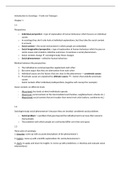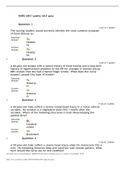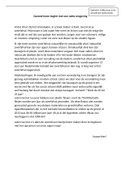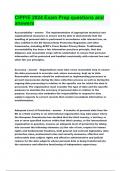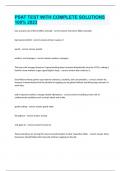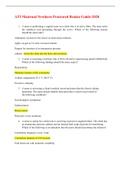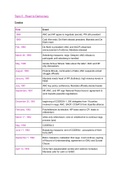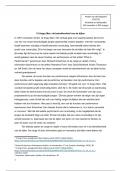Samenvatting
samenvatting van 'Introduction to Sociology'
- Instelling
- Radboud Universiteit Nijmegen (RU)
De samenvatting bevat alle 13 hoofdstukken en is in het Engels geschreven (aangezien het boek Engels is), maar er staan bij sommige onderwerpen Nederlandse toelichtingen.
[Meer zien]
